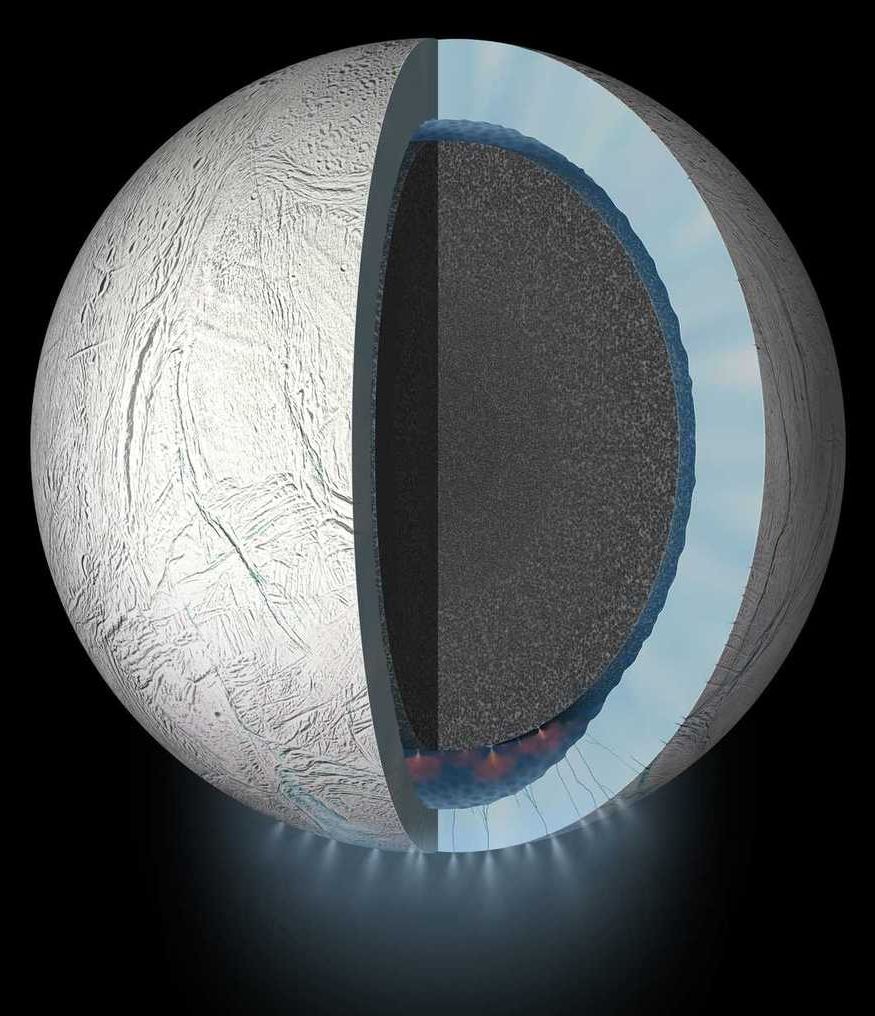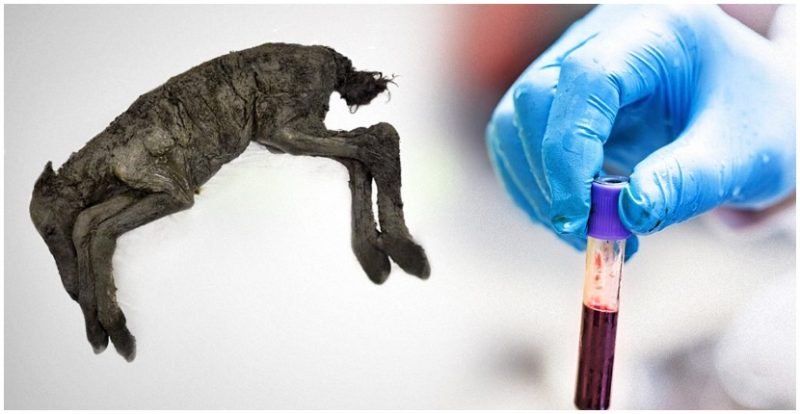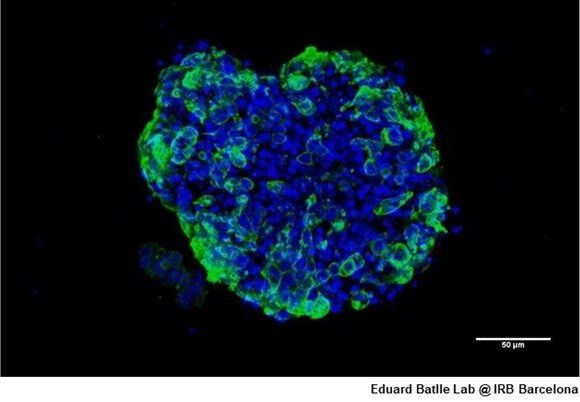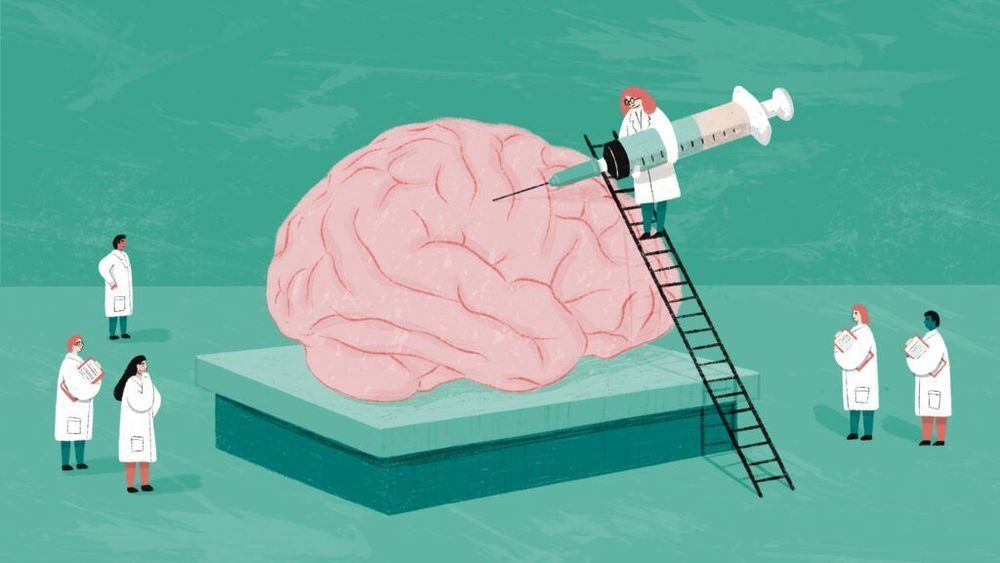Page 7220
Aug 18, 2020
Christchurch health-tech innovators unite as industry gains momentum
Posted by Shailesh Prasad in categories: health, robotics/AI
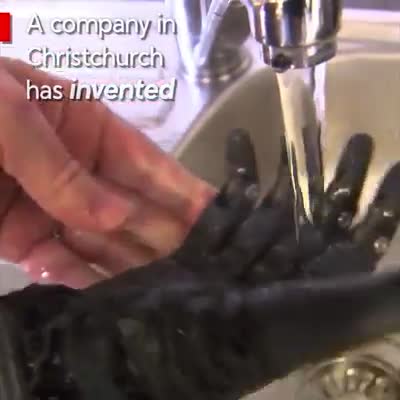
A Christchurch company has invented the world’s first waterproof robotic hand.
Now, they are teaming up with other tech firms in the region to help them all grow.
Aug 18, 2020
Driverless DeLorean Drifting
Posted by Heather Blevins in categories: robotics/AI, transportation
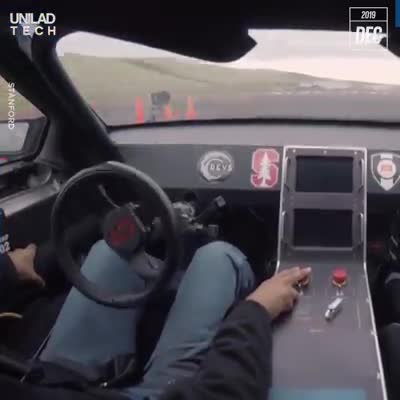
This driverless DeLorean drifts through a kilometre long course just as good as any human would 😲🤯.
Aug 18, 2020
So, WTF Is Up With Putting a Human in ‘Suspended Animation?’
Posted by Heather Blevins in category: biotech/medical
An ongoing trial is putting people into suspended animation in time for potentially life-saving surgery. We ask: WTF?
Aug 18, 2020
Inner Complexity of Saturn Moon, Enceladus, revealed
Posted by Heather Blevins in categories: chemistry, space
Enceladus’ subsurface ocean composition hints at habitable conditions. A Southwest Research Institute team developed a new geochemical model that reveals that carbon dioxide (CO2) from within Enceladus, an ocean-harboring moon of Saturn, may be controlled by chemical reactions at its seafloor. Studying the plume of gases and frozen sea spray released through cracks in the moon’s icy surface suggests an interior more complex than previously thought.
“By understanding the composition of the plume, we can learn about what the ocean is like, how it got to be this way and whether it provides environments where life as we know it could survive,” said SwRI’s Dr. Christopher Glein, lead author of a paper in Geophysical Research Letters outlining the research. “We came up with a new technique for analyzing the plume composition to estimate the concentration of dissolved CO2 in the ocean. This enabled modeling to probe deeper interior processes.”
Analysis of mass spectrometry data from NASA’s Cassini spacecraft indicates that the abundance of CO2 is best explained by geochemical reactions between the moon’s rocky core and liquid water from its subsurface ocean. Integrating this information with previous discoveries of silica and molecular hydrogen (H2) points to a more complex, geochemically diverse core.
Aug 18, 2020
Huge New Findings Inside the Body of the Best-Preserved Ice Age Animal Ever Found
Posted by Heather Blevins in category: biotech/medical
Liquid blood and urine were found inside the 42,000-yr-old foal. The oldest blood ever found by 10,000 years!
It made headlines in 2018 when researchers discovered the frozen remains of a foal that died 42,000 years ago in the Verkhoyansk region of Siberia, miraculously preserved in permafrost. But now an even more startling announcement has been made: Liquid blood and urine were found inside of the foal.
In an interview given to the Siberian Times, Semyon Grigoryev, head of the Mammoth Museum in Yakutsk, said, “The autopsy shows beautifully preserved internal organs. Samples of liquid blood were taken from heart vessels — it was preserved in the liquid state for 42,000 years thanks to favorable burial conditions and permafrost. The muscle tissues preserved their natural reddish color.”
Aug 18, 2020
Cancer research breakthrough as DNA behavior is uncovered in 3D models
Posted by Paul M. Vittay in categories: biotech/medical, genetics
First, we found that every cancer organoid retains the properties of the tissue of origin, so this shows that if the samples were obtained from the surgery of a colon or pancreatic cancer, the organoid closely resembles the original primary tumor. Second, we discovered that there is no contamination of normal cells, thus, the malignant pure transformed cells can be analyzed without interferences. And finally, the 3D organoid cancers are closer to the patient tumors than the commonly used 2-D cell lines.
Scientists have used 3D models to break down the DNA behavior of cancer cells, in a breakthrough new study which could revolutionize treatment for the disease.
In what is a first for science, a research team led by Dr. Manel Esteller, Director of the Josep Carreras Leukaemia Research Institute (IJC), demonstrated how 3D models (known as organoids) can now be used to develop a characterization of the DNA make-up—or the epigenetic fingerprint—of human cancer.
Continue reading “Cancer research breakthrough as DNA behavior is uncovered in 3D models” »
Aug 18, 2020
Doctors treat Parkinson’s with a novel brain cell transplant
Posted by Paul M. Vittay in categories: biotech/medical, neuroscience
“How would you like to be known as the neurosurgeon who cured Parkinson’s disease?”
A month before the scheduled surgery, the four researchers were ready to chaperone the brain cells on their 190-mile journey. They never anticipated they were in for “The Amazing Race”-meets-“ER.”
It was after midnight on a late summer night in 2017, and they had less than eight hours to get the cells by ambulance, private plane, and another ambulance from Dana-Farber Cancer Institute in Boston to Weill Cornell Medical Center in Manhattan. If it took longer, the cells would almost certainly be DOA, and so might the researchers’ plan to carry out an experimental transplant surgery unprecedented in the annals of medicine: replacing the dysfunctional brain cells of a Parkinson’s disease patient with the progeny of an extraordinary type of stem cell. Created in the lab from a patch of the patient’s own skin, these cells, it was hoped, would settle into the brain like they belonged there and permanently restore the patient’s ability to walk and move normally.
Continue reading “Doctors treat Parkinson’s with a novel brain cell transplant” »

Watch this this mini Tesla Cybertruck slay in a tug of war! Its so mini I thought it was controlled with a remote control… but it’s not… Check it out guys thanks to The Hacksmith.



